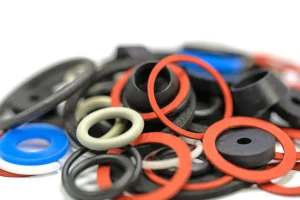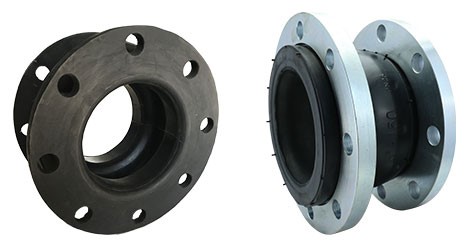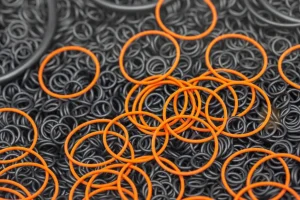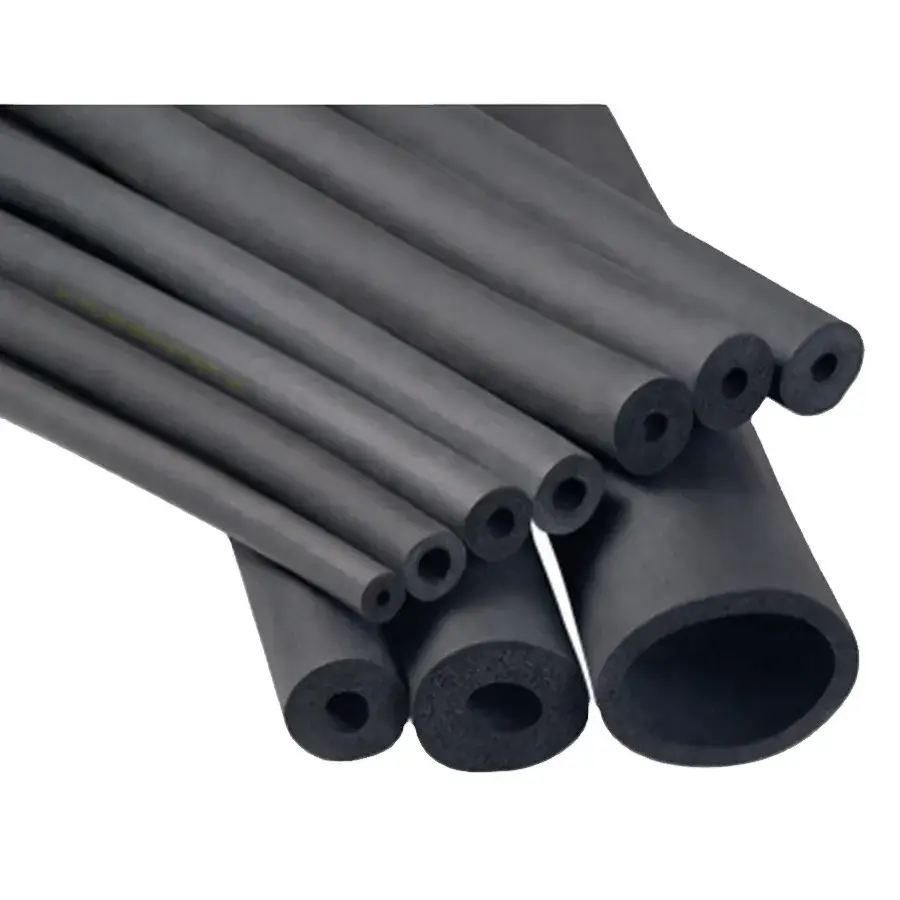The vulcanizationis a fundamental process in the manufacture of rubber products, and is responsible for the durability and strength of the final products, such as in the industrial sector, where sealing gaskets are essential elements to guarantee the tightness of the systems. hydraulics and pneumatics.
History
The vulcanization process was discovered by Charles Goodyear in the 19th century. He experimented with rubber, trying to find a way to make the material more resistant to weather and chemicals.
He discovered that, if he mixed rubber with sulphur and subjected it to high temperatures, a chemical reaction took place that improved the properties of the rubber. It is thanks to this that a multitude of objects are manufactured today, including tyres.
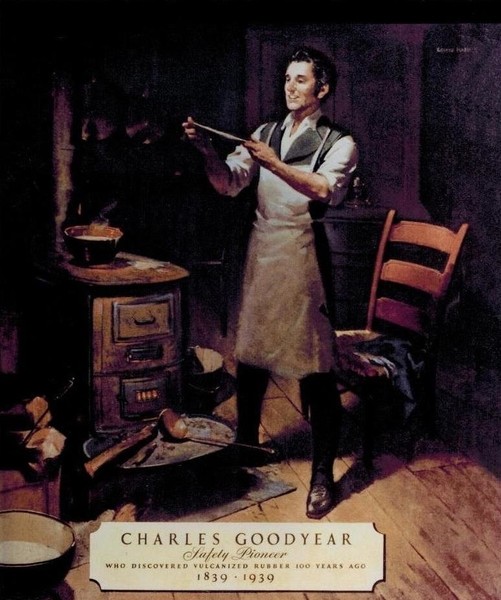
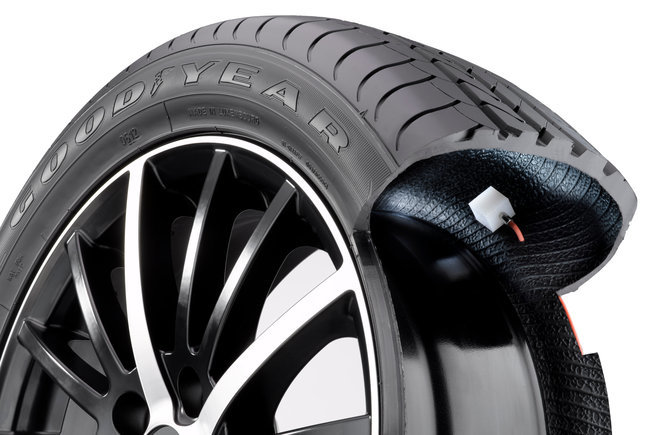
How does the vulcanisation work?
The vulcanization is a chemical process that involves the creation of covalent bonds between the molecules of the rubber and the other materials. This is achieved by using a vulcanising agent, which is mixed with the rubber and other materials to form a homogeneous mixture.
The vulcanising agent usually contains sulphurwhich is responsible for the creation of covalent bonds, but there are other compounds that also act as vulcanising agents for the synthetic rubbers silicone and chloroprene (neoprene).
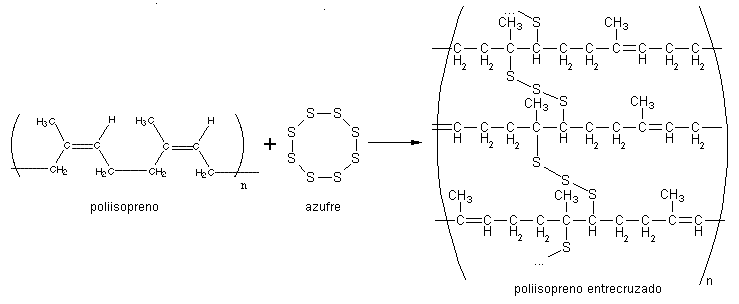
The five most common types of vulcanising agents are:
- Sulphur or sulphur compounds
- Metal oxide (MgO, ZnO, sometimes Pb 3 O 4 )
- Peroxides
- Acetoxysilane
- Urethane
The vulcanisation of the natural rubber requiere calor, pero no es un factor esencial en todos los procesos. Por ejemplo, la vulcanización de silicona se produce a temperatura ambiente . Algunos procesos usan radiación en lugar de calor.
The vulcanization moderna a menudo incluye un químico llamado acelerador. Por ejemplo, la etilentiourea (ETU) es un acelerador que se usa para curar el caucho de policloropreno.
- Hot: most common method, consists of heating the rubber together with the vulcanising agent to a temperature of about 150-200 degrees Celsius for a specified period of time
- Cold: involves using a mixture of vulcanising agent and solvent to treat the rubber at a lower temperature than ambient for a longer period of time
- Liquidis carried out by immersing the rubber in a bath of vulcanising agent and then heating the solution.
Once the mixture has been formed, the most common process is heating to high temperature and pressure is applied. The heat and pressure cause a chemical reaction between the rubber molecules and the vulcanising agent, resulting in the formation of covalent bonds.
These bonds are much stronger than the interactions between the rubber molecules in the original mixture, resulting in a stronger and more durable material.
What effects does vulcanisation have on rubber?
La vulcanización cambia la composición química del caucho, por lo que, por supuesto, altera las propiedades químicas, físicas y mecánicas del material. Estos son algunos de los efectos:
- Increases wear and tear resistance.
- It improves tensile strength, which means it is less likely to break or deform under stress.
- Improved resistance to chemicals, heat and ultraviolet light makes the rubber more suitable for use in industrial environments.
- It shrinks, as cross-linking brings the polymer chains closer together.
Vulcanisation is a key process for the manufacture of a variety of sealing products. Among the most common sealing products that can be produced with vulcanised rubber are:
- Sealing gasketsSealing gaskets are used to seal two surfaces together to prevent liquids or gases from leaking. Vulcanised rubber is an ideal material for the manufacture of gaskets due to its resistance to chemicals and its ability to seal tightly.
- Expansion joints: Vulcanised rubber expansion joints are used to compensate for thermal expansion and contraction in pipelines and piping systems. These joints are capable of withstanding high temperatures and pressures, making them ideal for use in the petrochemical and power generation industries.
- O-Rings / Sealing Rings: O-rings are vulcanised rubber rings used to create a seal between two moving mechanical parts. Sealing rings are used to seal pipes, valves and other industrial equipment. Vulcanised rubber is an ideal material for the manufacture of sealing rings due to its ability to maintain a constant pressure and its resistance to abrasion.
- Washers: are used to seal threaded joints, nuts and bolts. Vulcanised rubber is an ideal material for the manufacture of washers due to its tight sealing capability and abrasion resistance. They are used to seal and protect equipment such as pumps, compressors and valves. They can be customised to suit the specific needs of each application.
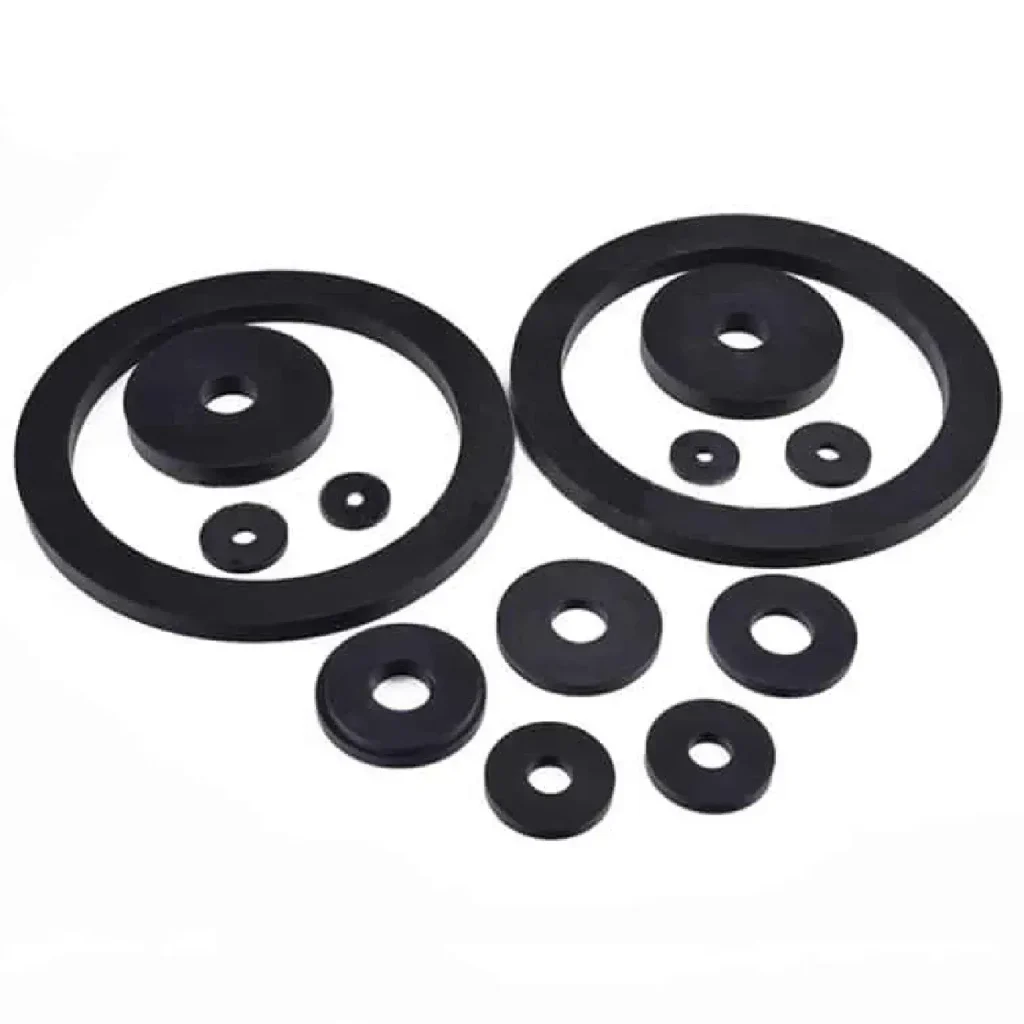
- Sleeves / Lip Seals: Lip seals are used to seal shafts and sleeves. Vulcanised rubber is an ideal material for the manufacture of lip seals due to its tight sealing capability and wear resistance.
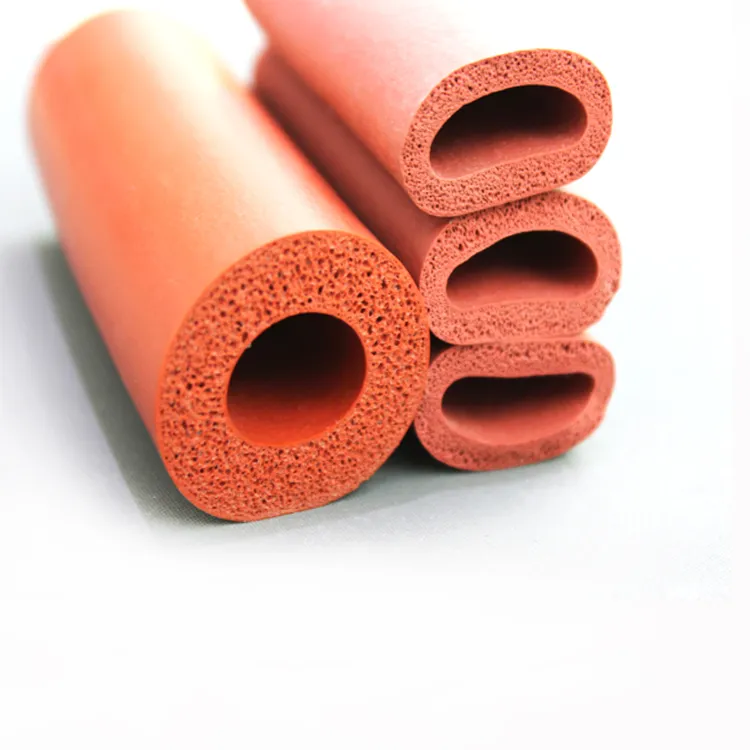
- Pipes and hoses: Vulcanised rubber hoses and pipes are used in a wide variety of industrial applications, from liquid transfer to air ventilation. Vulcanised rubber is an ideal material for the manufacture of tubes and hoses due to its ability to resist abrasion and chemicals. These products are used in a wide variety of applications in industry, from construction and engineering to manufacturing and automotive.
In short, rubber vulcanisation is a chemical process used to improve the properties of rubber and make it more resistant to weathering and chemicals.
This process has several beneficial effects on the rubber, such as improving its tensile, compressive and abrasion resistance. On Vargort we offer a wide range of insulation productsoffering sealing joints designed to withstand the most extreme conditions in the industrial sector.


